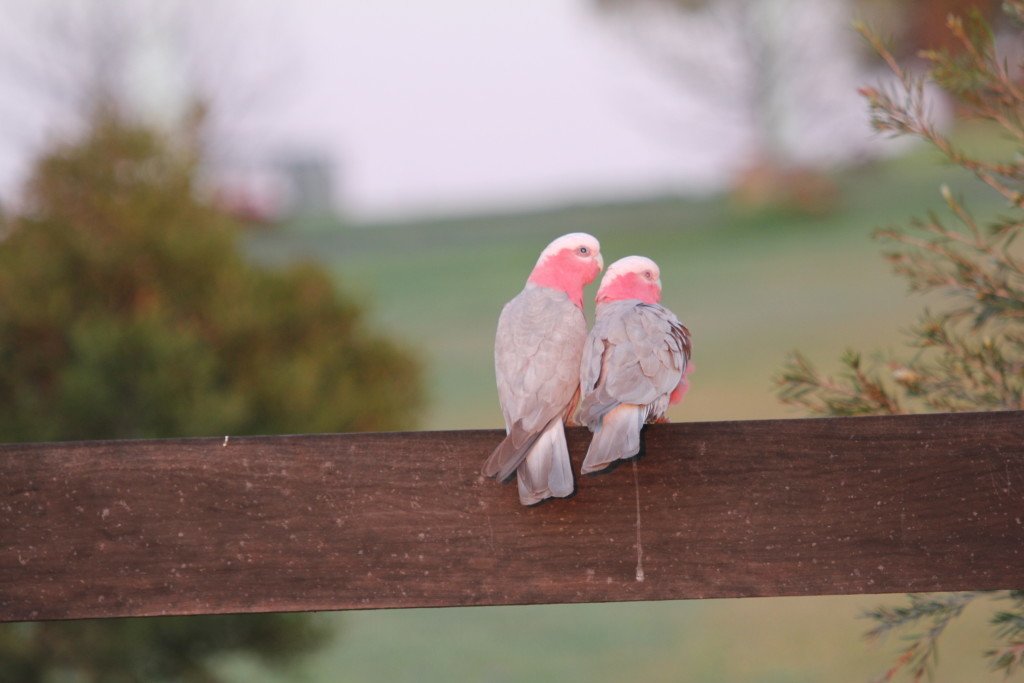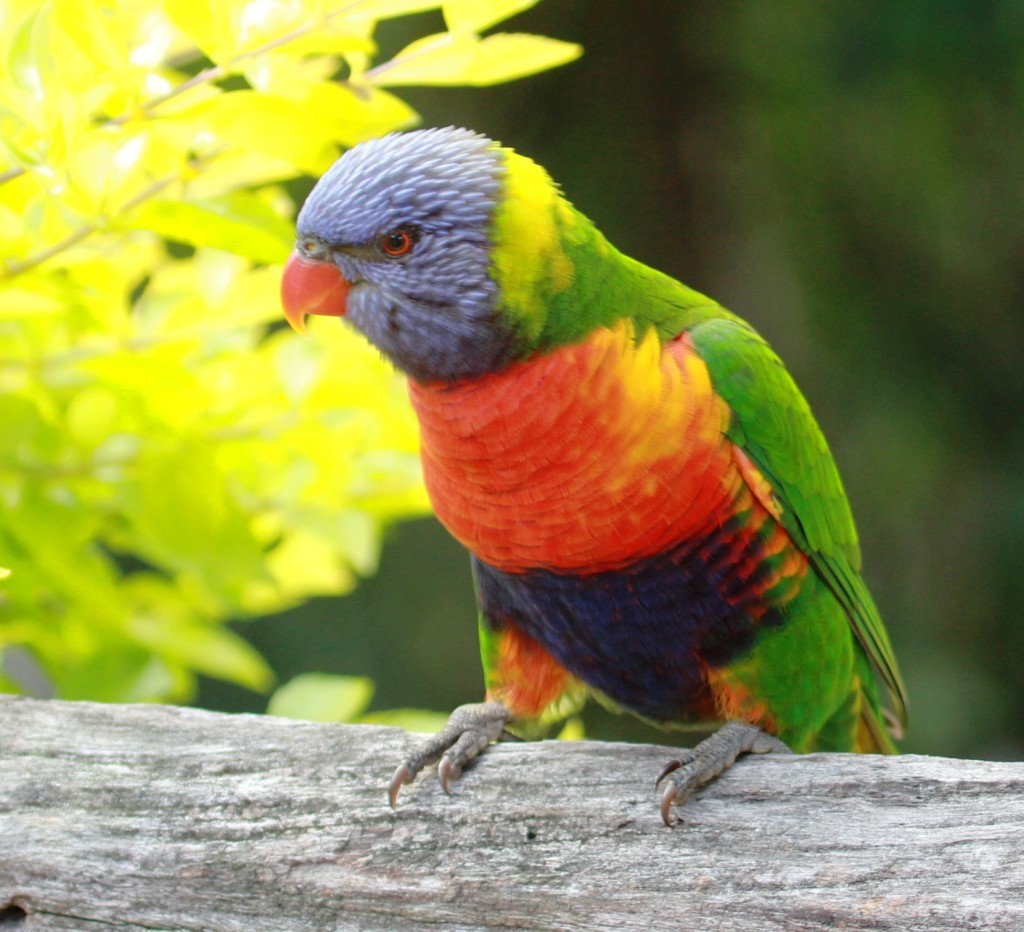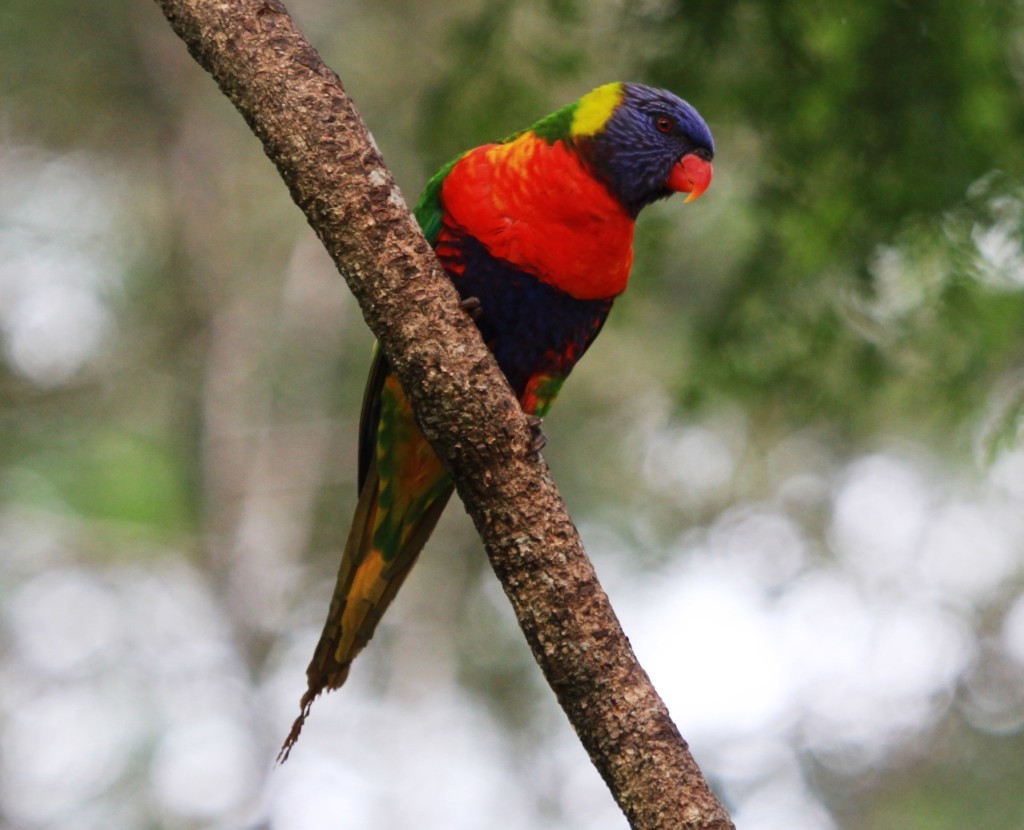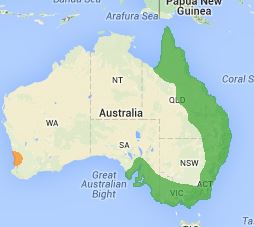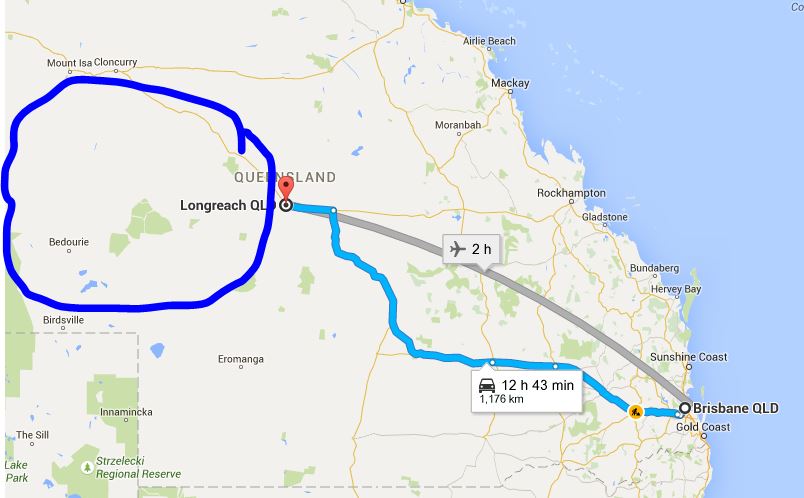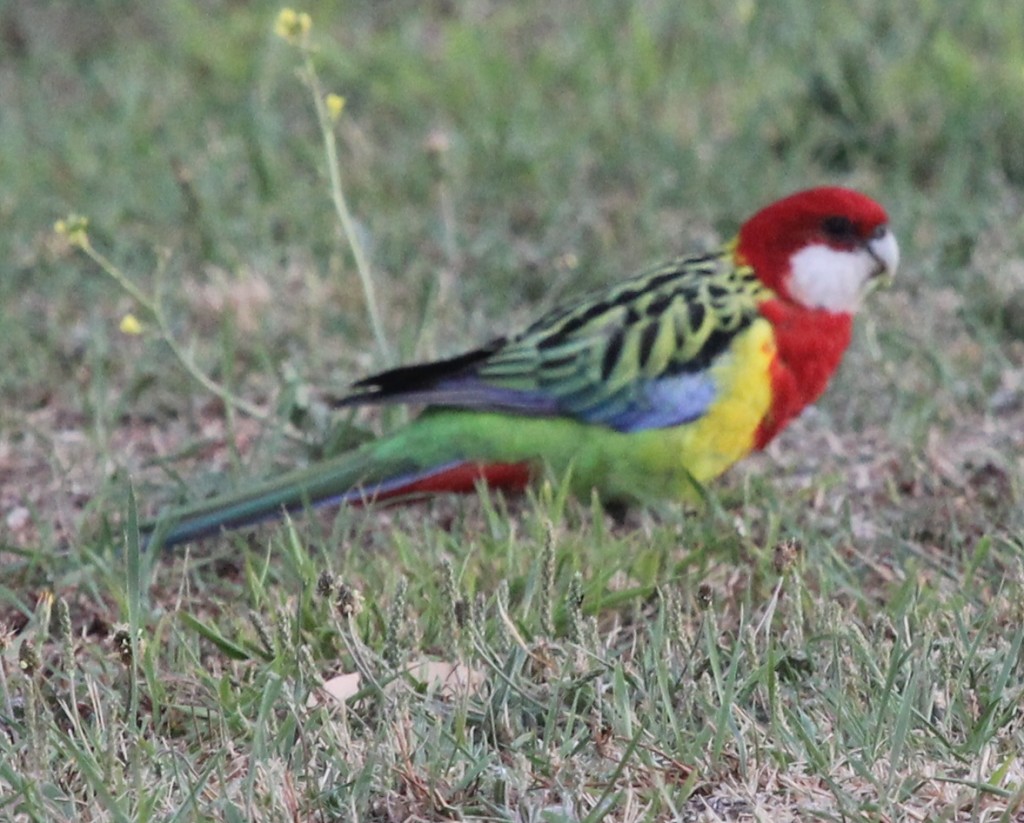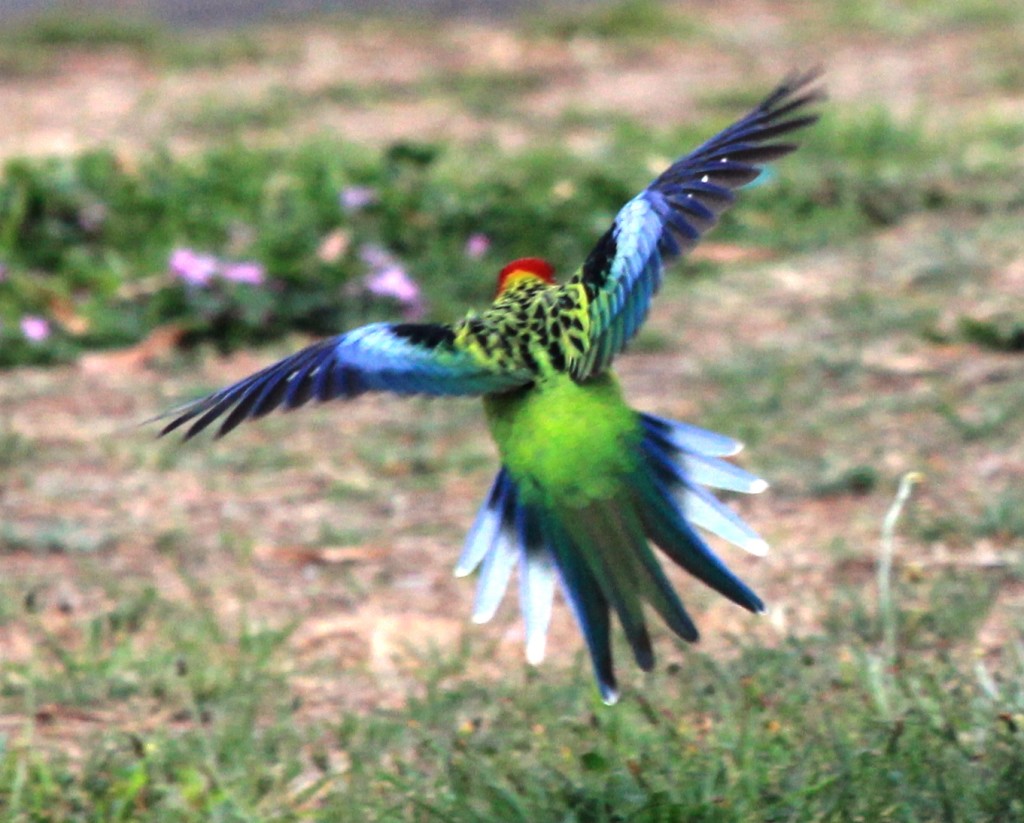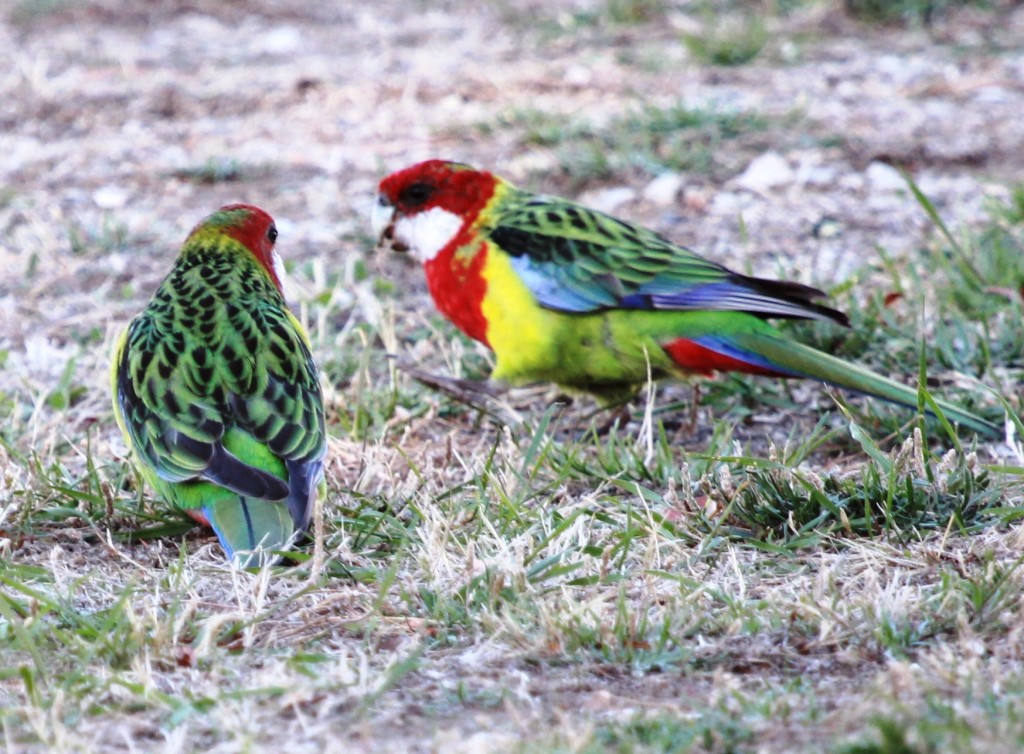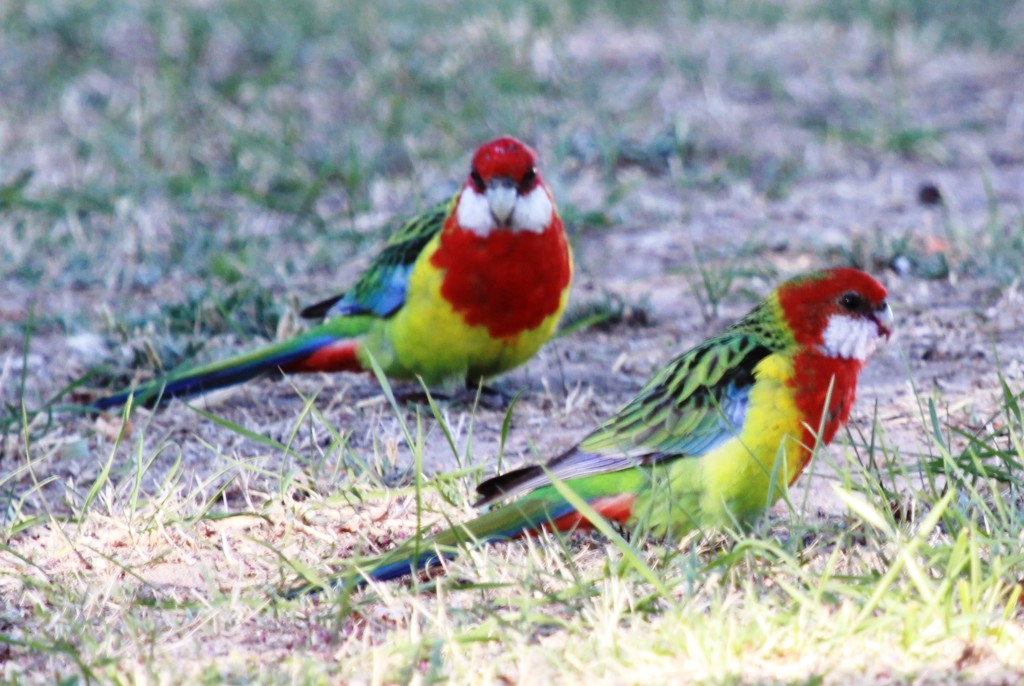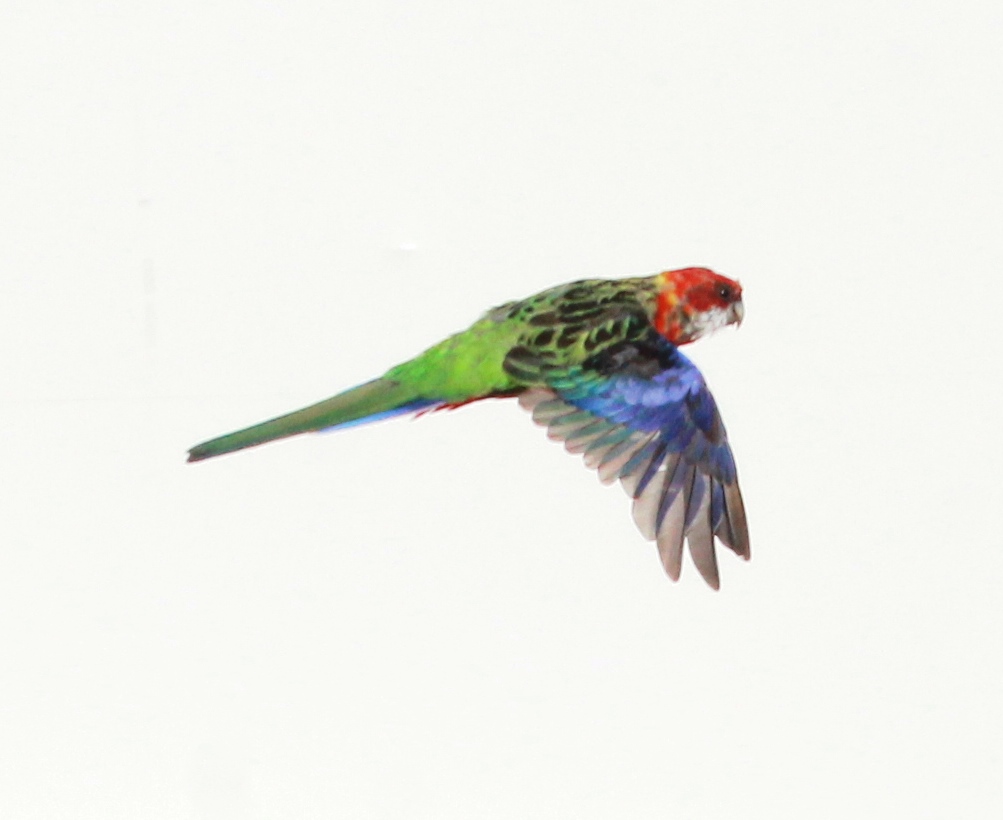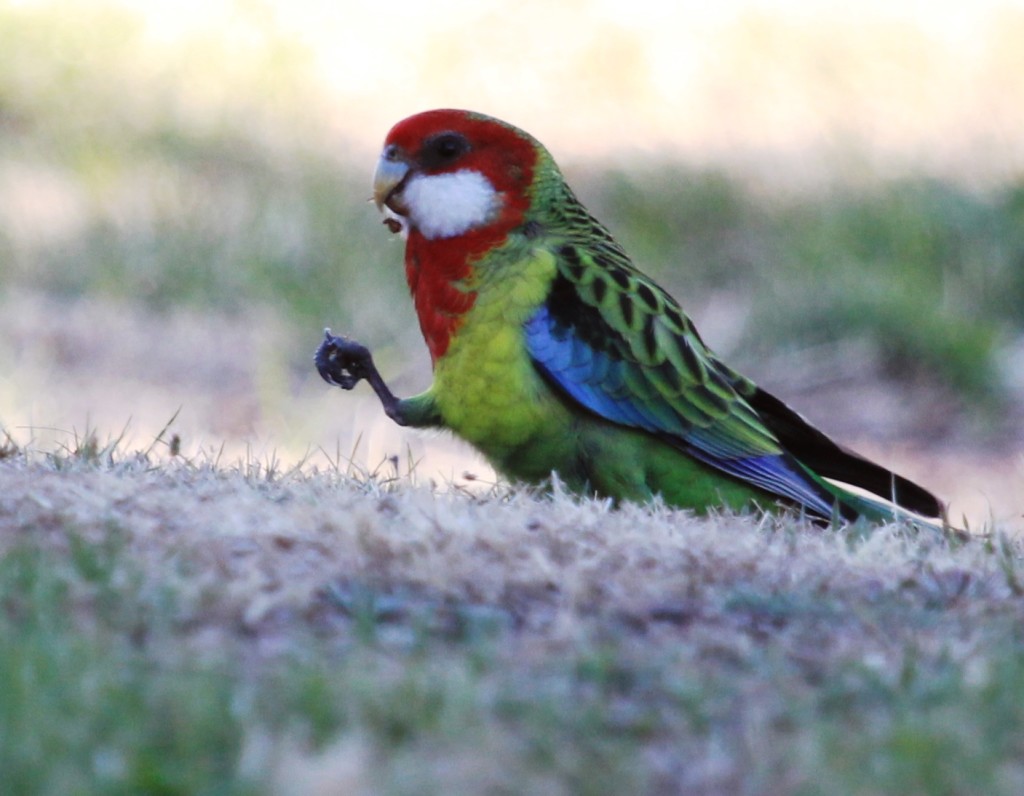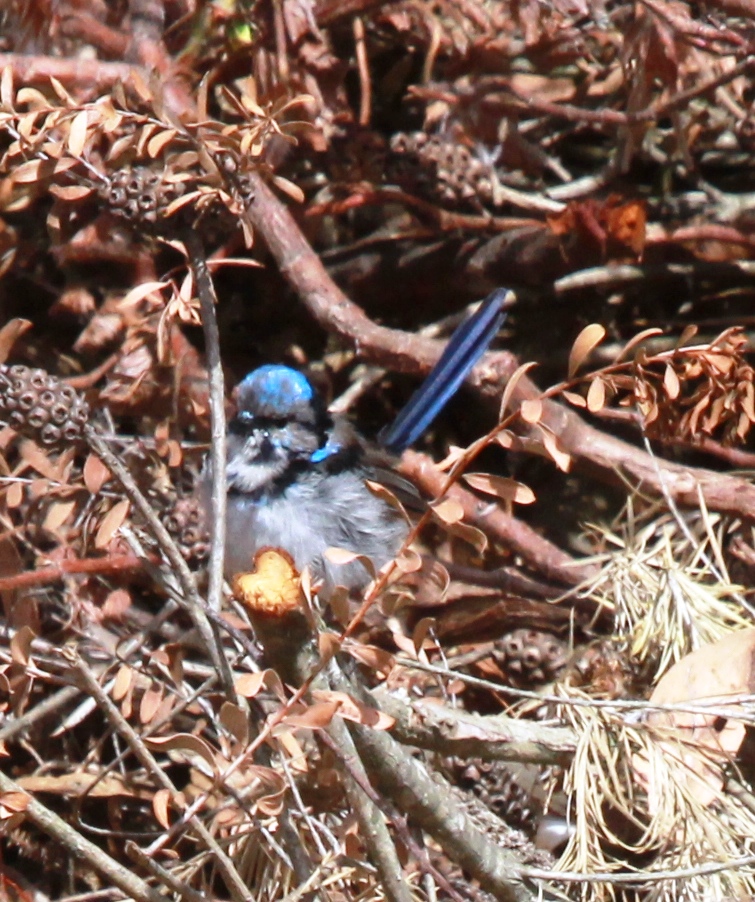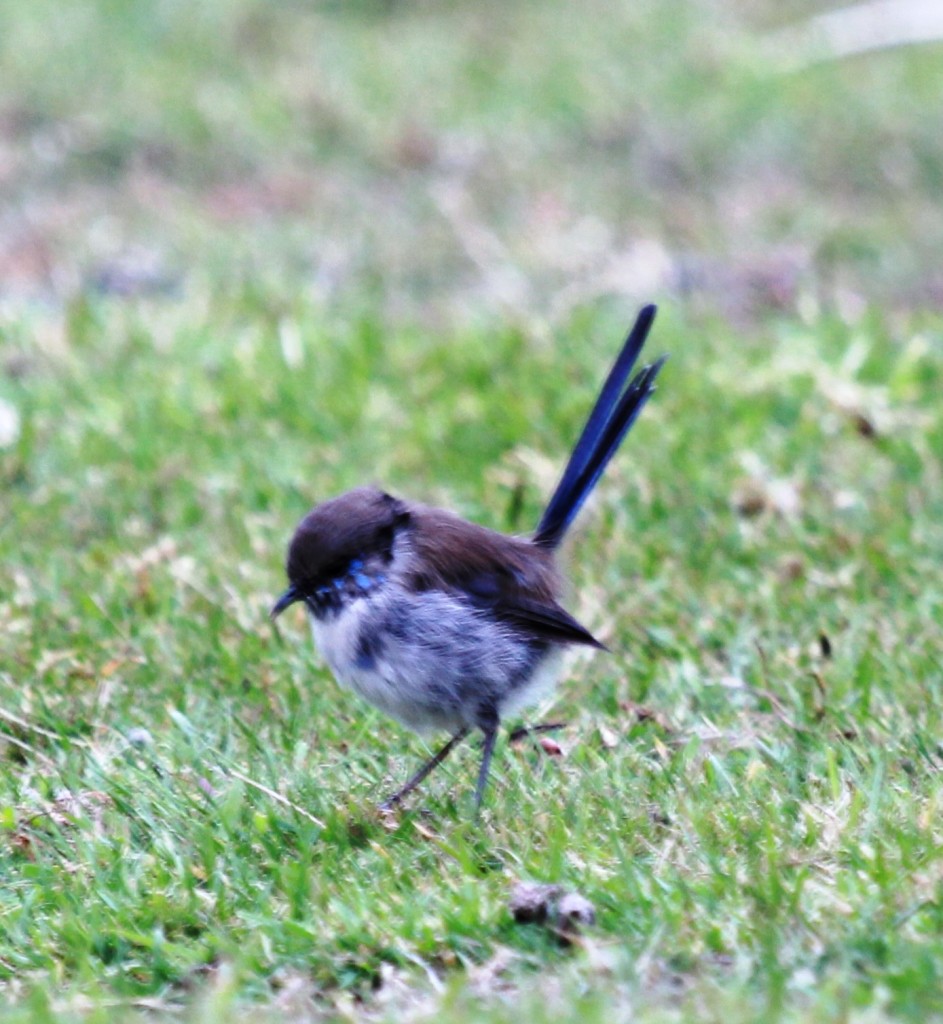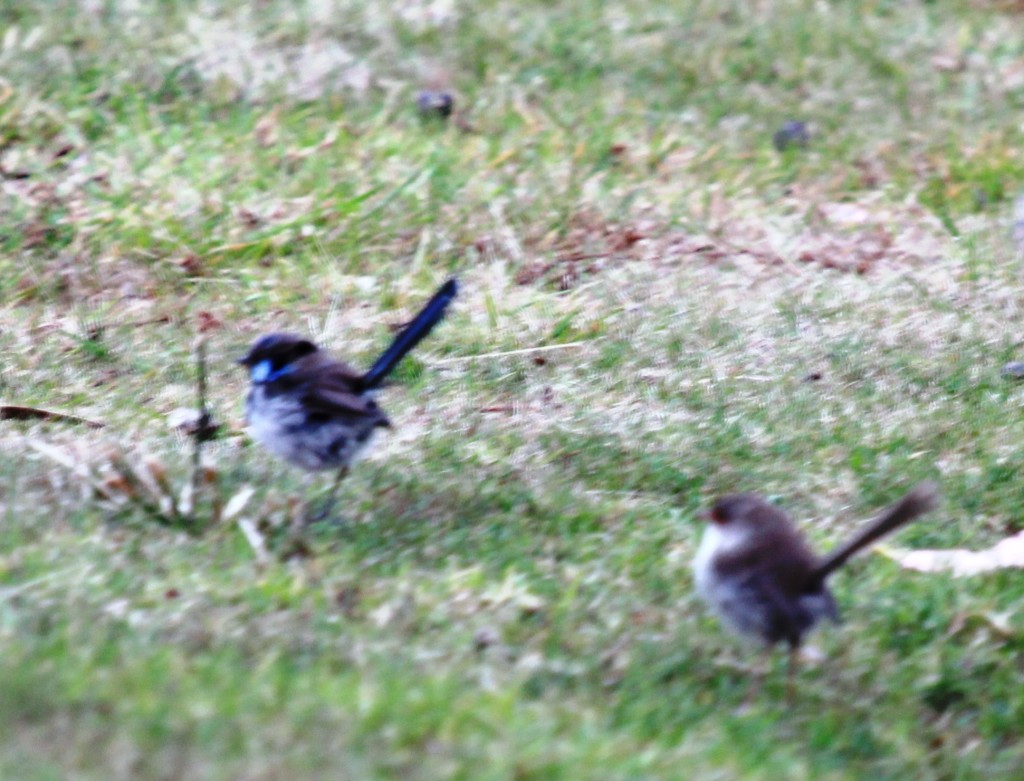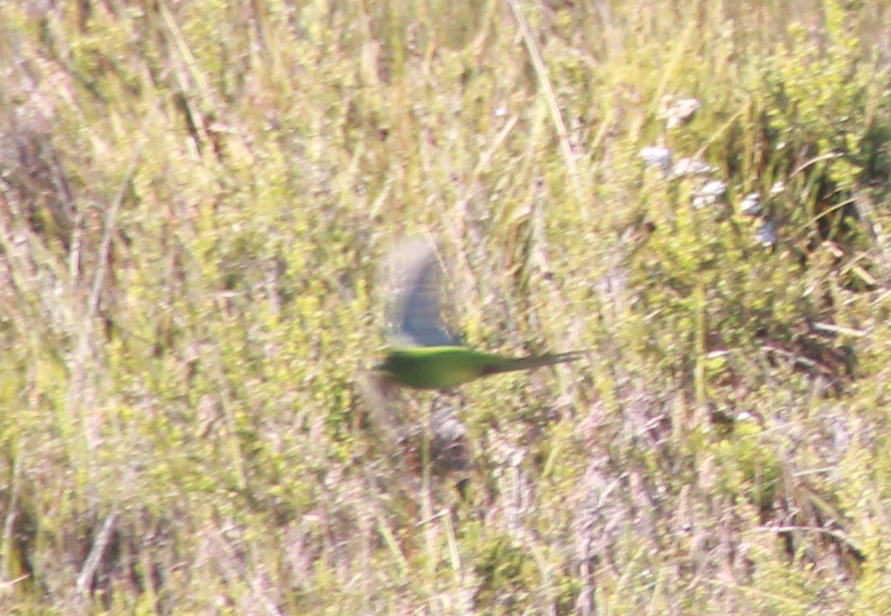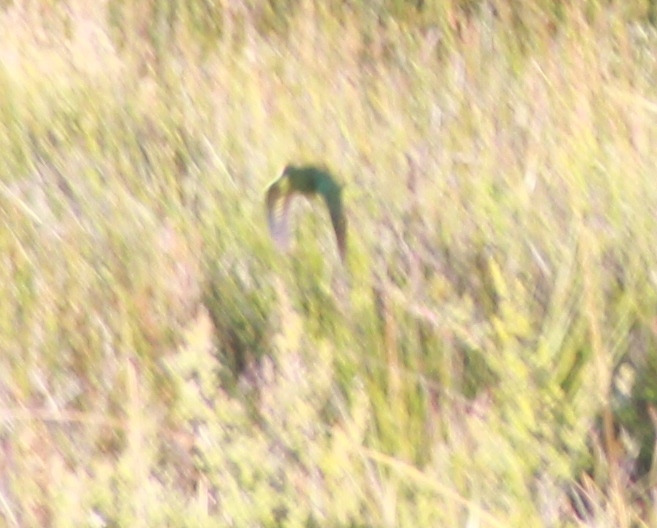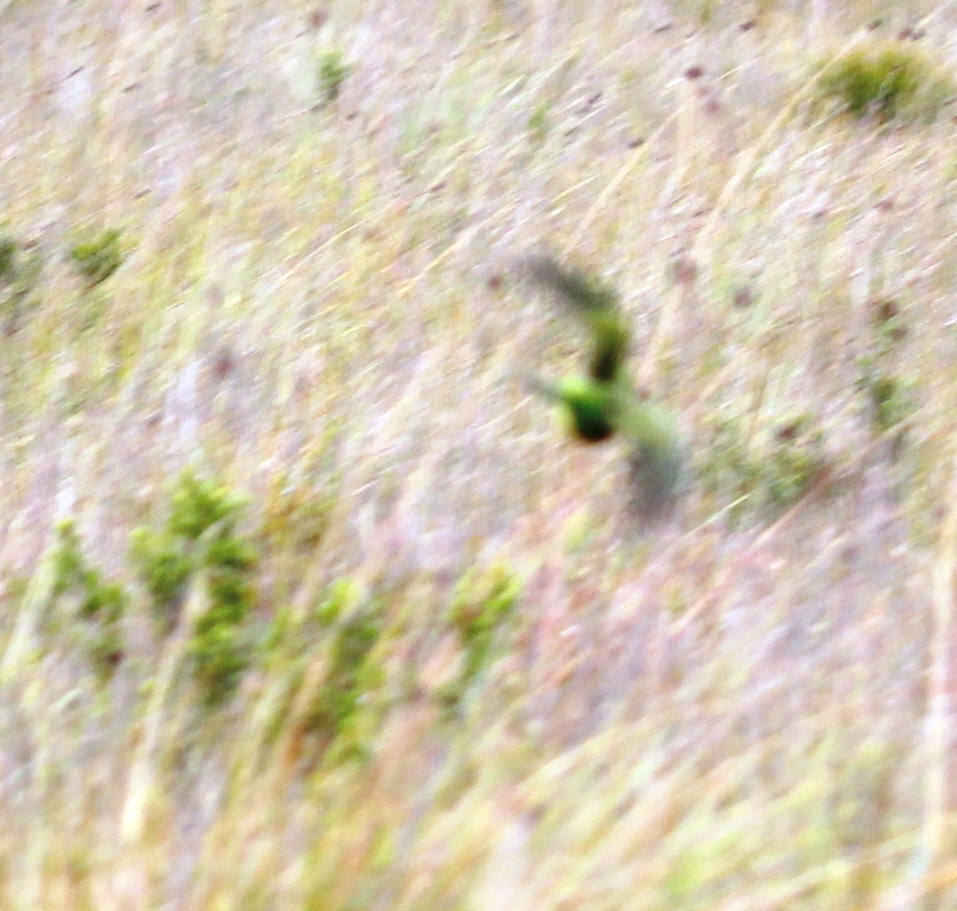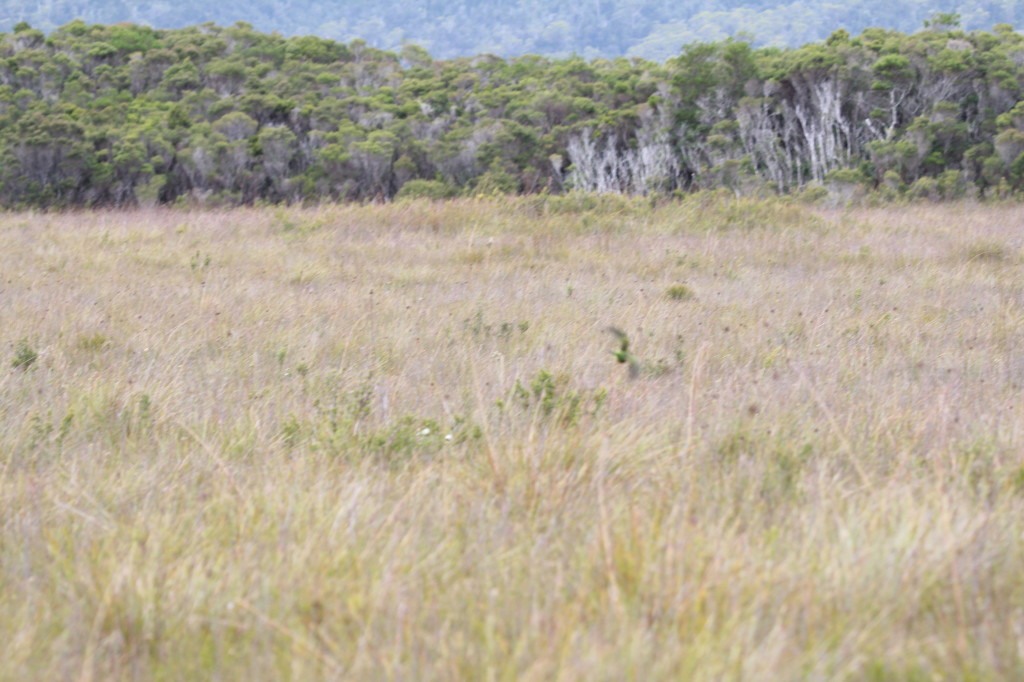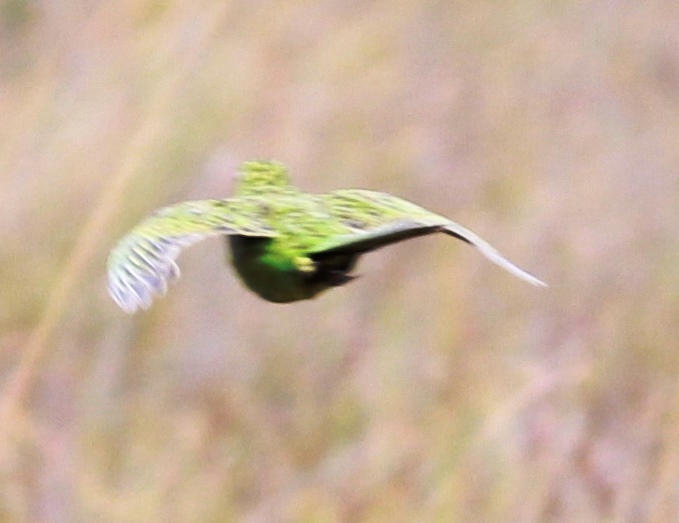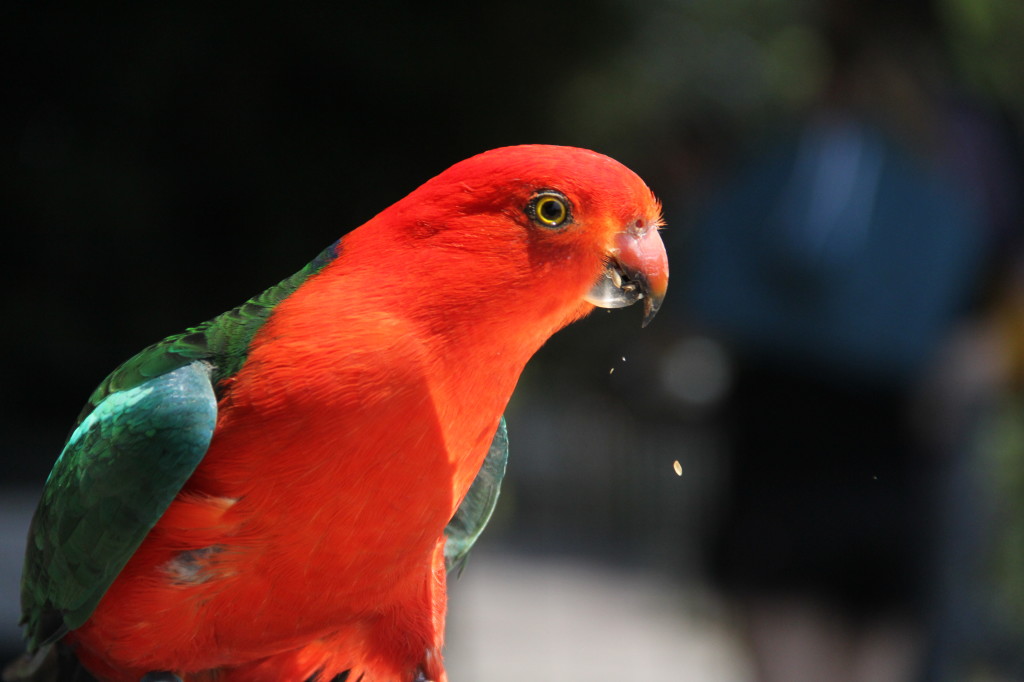Now that you know how to use miles to get to Australia and use Brisbane as a gateway city, what you really want to know is how to get out in the bush where the birds are! Fortunately, Australia is an amazingly easy country to travel around in. It’s safe, everyone speaks English and the tourism infrastructure is excellent! All you need is a well-researched plan and a car to get there.
MAKE YOUR PLAN
1. Determine what species of birds you want to see. Bear in mind that no matter what species you are targeting, you will find many other species in the same location. In my case, although I was really keen to see wild Parrots, I was very happy to see that other species such as Fairy-wrens and Bowerbirds were also within reach.
2. Use guide books such as “Parrots of the World” by Joseph Forshaw and “The Field Guide to the Birds of Australia” by Graham Pizzey & Frank Knight to determine where these species can most easily be found. These books have maps to help you formulate an itinerary. Although I prefer Kindle/eBooks for casual reading, with a field guide you really need the hard copy to be able to compare the birds you see to the images in the book. Don’t worry if you don’t know all the species. As long as you get a decent photo, you can always look them up! You can buy these books on Amazon.com if you don’t have them already.
3. Use other internet resources to find out where the birds have been seen most recently. These may be Facebook or Twitter contacts, blogs like Miles to the Wild or trip reports on Surfbirds. Google the scientific name of the bird + “report”. For example if you Google “Lophochroa leadbeateri sightings” you get this. If you have destinations in mind from researching the field guides, you can get better results by Googling “Lophochroa leadbeateri Bowra” such as this.
4. Do an eBird search on the species to see where other people have reported them. Here’s an example of “eBird Major Mitchell Cockatoo“. You can then click on the hotspot information to see what other species are found there. This will help you allocate how many days you want to spend there. Spend more time if the destination has more of the species you are targeting. From the above search, I zoomed in on Bowra Station and can see an impressive 224 species reported so I would want to spend at least a few days there!
This step can be very time consuming as you need to research each species you want to see individually but it is well worth it as you will save lots of time once you are traveling and you can travel independently which saves you lots of money and gives you more choices as to when, where & how you want your birding adventure to happen!
5. EBird is integrated with Google maps so you can click on the hotspot (using Bowra Station as an example) and find out how far it is from you. In this case, it’s in the bush so Google maps can’t find it exactly so I used the nearest town which is Cunnamulla to learn that it would be over 9 hours drive from Brisbane. I’ve done it in one day but it’s a VERY long day! You also need to make sure you arrive well before dusk to avoid adding to the roo road kill on the roadside!
 I recommend breaking the journey at Lake Coolmunda on the outbound and Stanthorpe on the return. See my road trip post for more details. As we go through the SEQ (South-east QLD series, I will give more details about each location.
I recommend breaking the journey at Lake Coolmunda on the outbound and Stanthorpe on the return. See my road trip post for more details. As we go through the SEQ (South-east QLD series, I will give more details about each location.
So there is a very basic idea of how to plan your itinerary. Next, you will need a car, accommodation and a budget so stay tuned!

